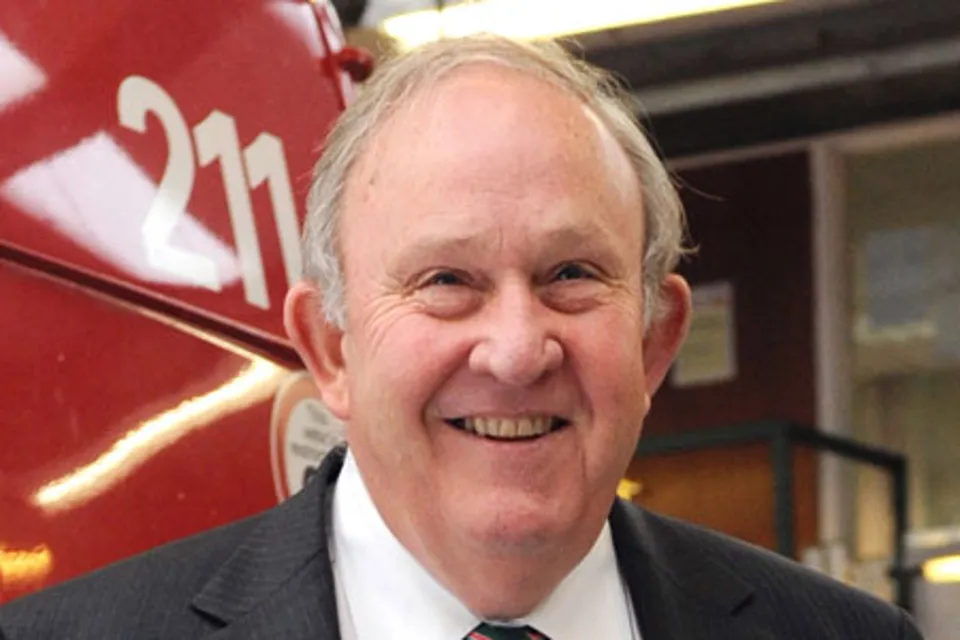Improved fuel efficiency has mitigated much of the huge pump price increases seen in recent years.
In-house fuel bunkering also helps, although the savings are not as great as they used to be – the difference used to be 8-10p per litre; now the price is much closer.
But the convenience factor justifies this policy. In the event of a fuel strike, such as the one seen in 2000, Clancy has sufficient fuel to keep its fleet on the road.
Telematics was introduced two years ago to improve cost control and identify efficiencies.
Clients measure fleet response times; telematics helps drivers to get to their destination on time and also proves they are there, explains Revell.
It also ensures contract teams are made up of people closest to the job, which reduces mileage.
“We also use the data for servicing schedules based on mileage and we can identify stop-start times, where the vehicle has been, if it’s being used out-of-hours and for fuel monitoring,” he says. “We can also track the vehicle for security purposes.”
One of the few areas of the fleet which is outsourced is driver risk management.
The business uses Fleet Support Group’s RiskMaster solution for all drivers, including its grey fleet.
“We allow people to buy their own cars on our cash allowance scheme as long as it meets the same criteria as the company car fleet – below five years old and conform to the RiskMaster programme,” Revell says.
Any member of staff involved in an accident is brought in for evaluation by the in-house corporate governance team.
The car fleet choice list is divided into six bands, each with up to half-a-dozen makes.
Most drivers opt for Audi, VW, Mercedes-Benz or BMW. Although the majority are job-essential, the policy is a user-chooser one developed by Clancy Group seven years ago. It is reviewed annually.
Revell bases the choice list on wholelife costings, although reliability is his lynchpin and brands will also be removed if he cannot get the back-up required from the dealer network.


















Bob Huntley - 11/10/2014 10:21
I have just about completed a third scale 7hp Garrett steam traction engine. It now requires painting, I would, with your agreement like to paint it in your companies red and green colour scheme. if this acceptable, could you please advise me on the paint colour specification so that I can have some paint mixed appropriately, I am proposing to use 'craftmaster paint'. I look forward to hearing from you.